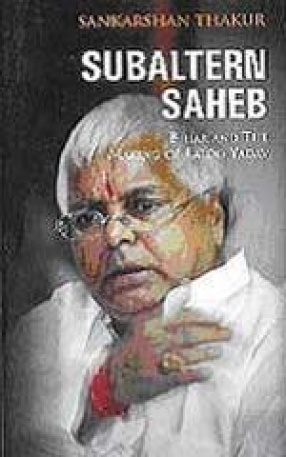The 1991 census represents the thirteenth census of India as reckoned from the year 1872 and the fifth after independence. The provisional results of this census based on quick tabulation were published vide paper numbers 1, 2 and 3 of 1991. The quick tabulation was followed by a detailed scrutiny and tabulation of data contained in individual slips and household schedules canvassed during the 1991 census in 163 Regional Tabulation Offices established for this purpose all over the country. In these tabulation offices, Primary Census Abstract was generated at village level for rural areas and town/ward level for urban areas by manual tabulation from the household schedules. On compilation of the Primary Census Abstract, the final population totals thus arrived at were published in Paper 1 of 1992: Final Population Totals, Series I-India. This was followed by Paper 2 of 1992: Final Population Totals – Brief analysis of Primary Census Abstract, Series I – India. Among the census reports scheduled to be published, Part II-A General Population Tables – a series and Part II-B-Primary Census Abstract are the most important as they provide the basic population data of the 1991 census. These tables are based on full count. The Primary Census Abstract of the general population is being brought out in two volumes. Volume-I contains the Primary Census Abstract of India and for the states of Andhra Pradesh, Arunachal Pradesh, Assam, Bihar, Goa, Gujarat, Haryana, Himachal Pradesh, Karnataka, Kerala and Madhya Pradesh. The Primary Census Abstracts in respect of the remaining states and all union territories are presented in Volume-II. The Primary Census Abstract gives information on area figures, number of occupied residential houses, number of households, total population (including institutional and houseless population), total population in the age group 0-6, scheduled caste and scheduled tribe population, literates, main workers and their distribution in nine broad industrial categories, marginal workers and non workers by sex and rural-urban residence. The figures are presented at country, state/union territory and urban agglomeration/city levels. The format of the Primary Census Abstract has been restructured slightly in the 1991 census when compared with the 1981 P.C.A. presentation. Nine-fold industrial classification of main workers has been given as against four-fold industrial classification presented in the 1981 census P.C.A. In addition to this, the sex wise population in the 0-6 age group has been included in this Primary Census Abstract for the first time with a view to enabling data users to compute more realistic literacy rate as all children of the age 6 years or less have been treated as illiterate at the time of 1991 census.

Census of India 1991: Part-II-B, Vol. I: Primary Census Abstract: General Population
In stock
Free & Quick Delivery Worldwide
reviews
Bibliographic information
Title
Census of India 1991: Part-II-B, Vol. I: Primary Census Abstract: General Population
Edition
1st Ed.
Publisher
Length
963p., Maps; Tables
Subjects



There are no reviews yet.